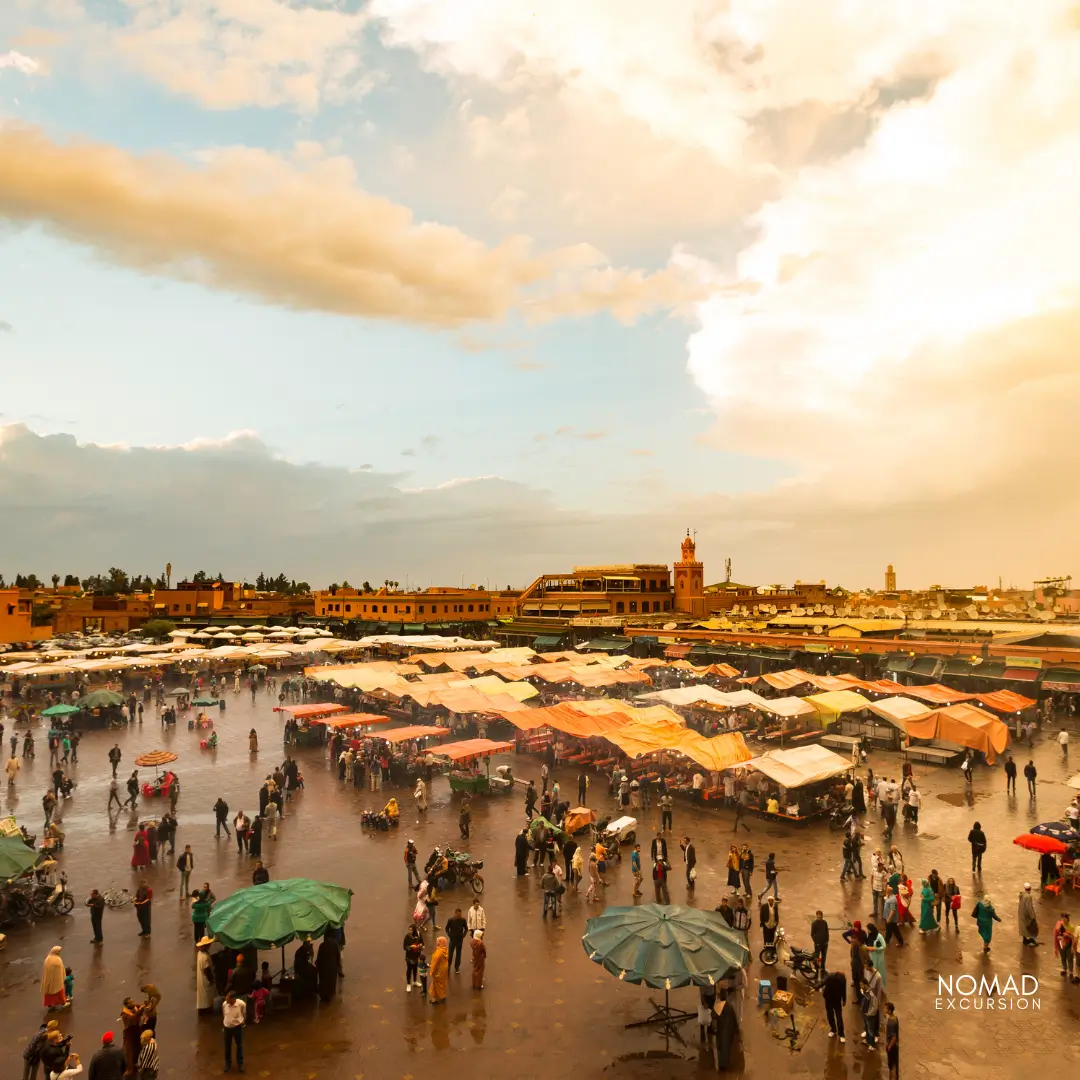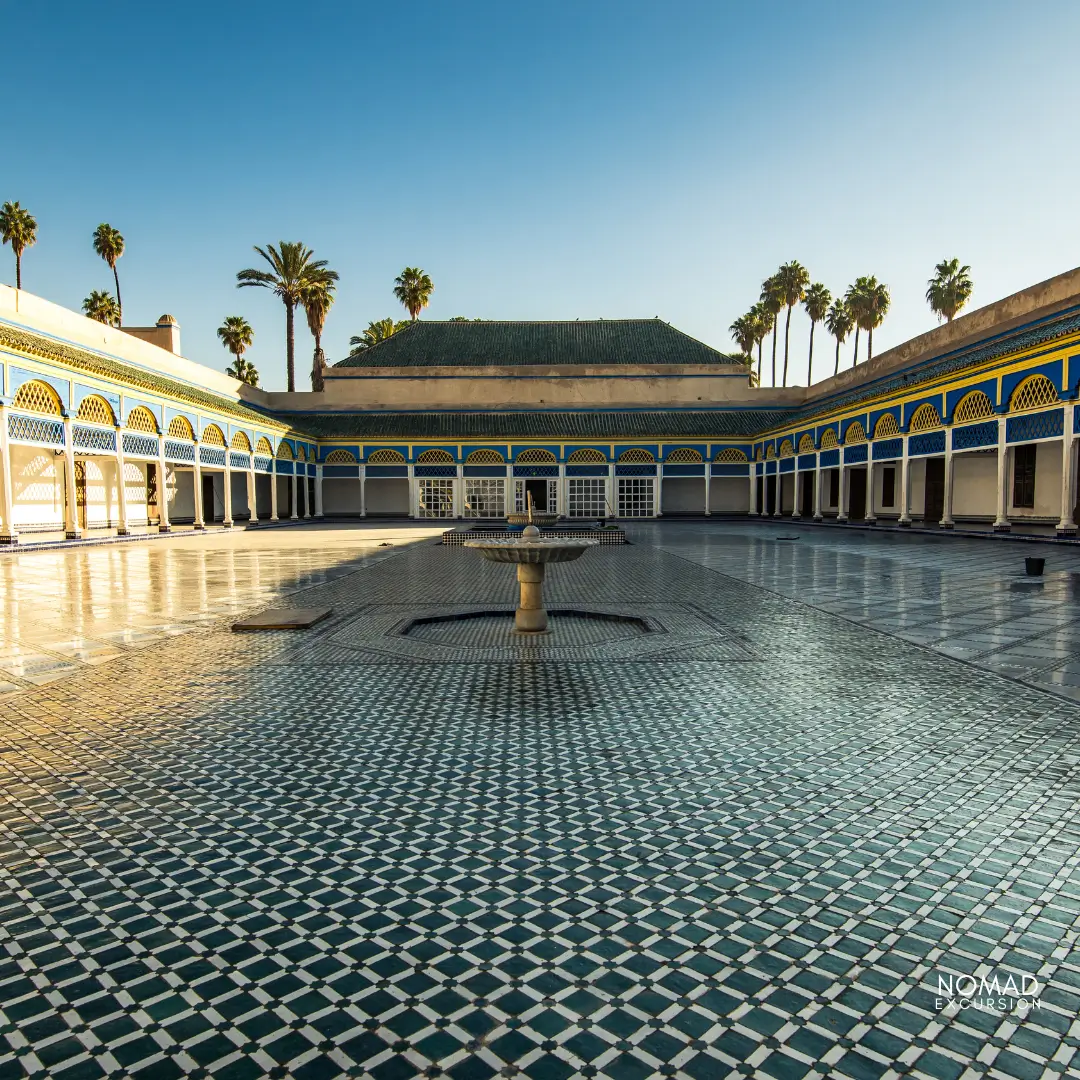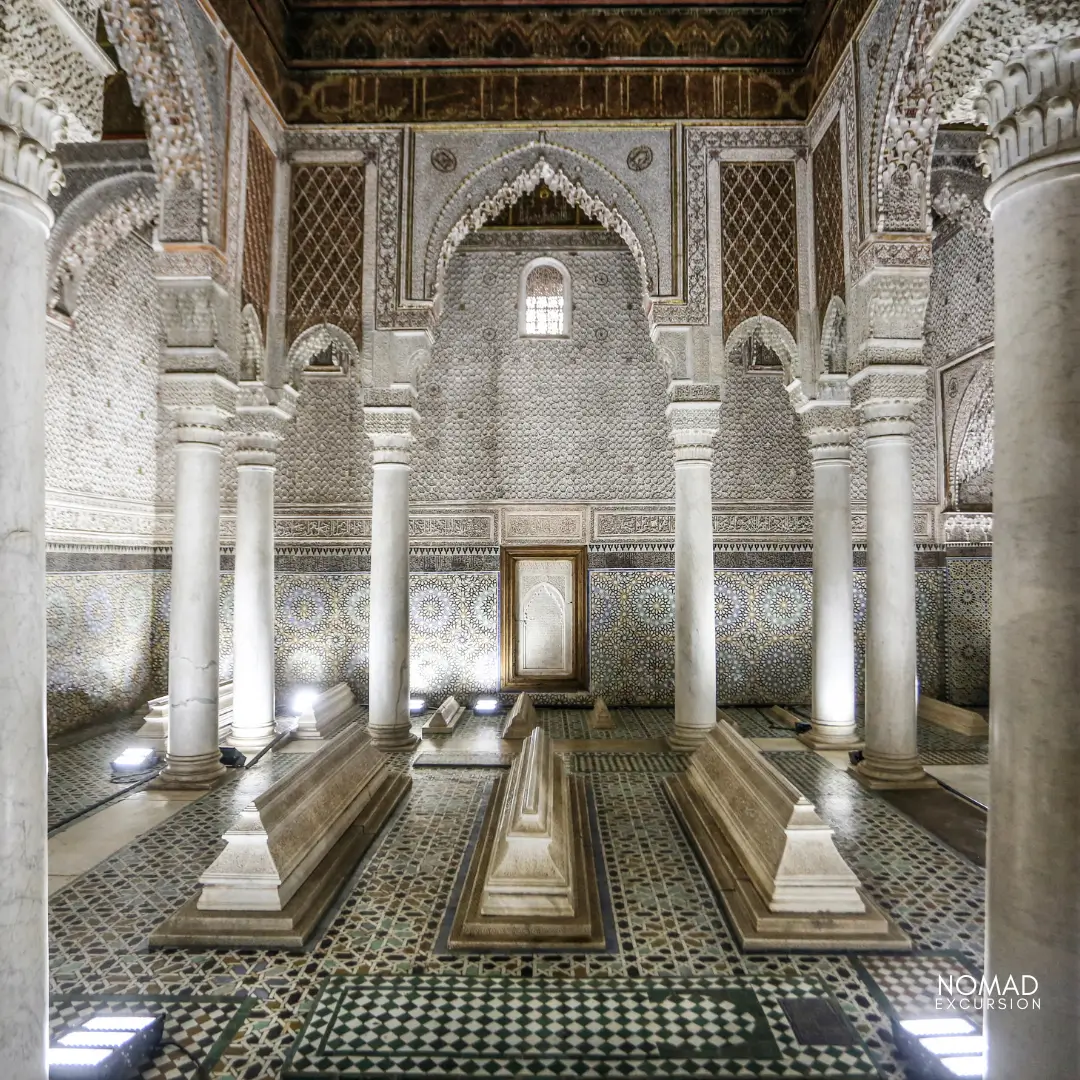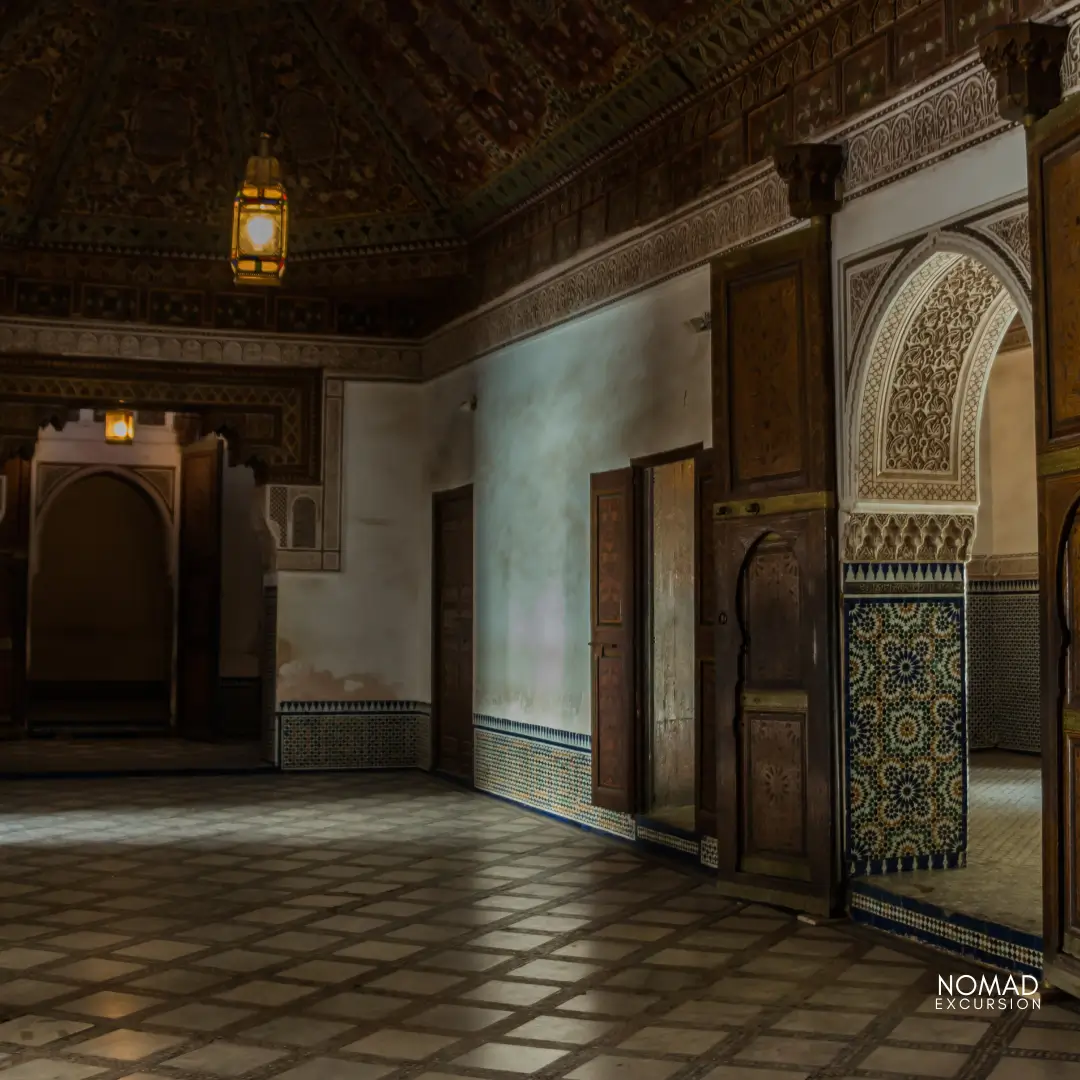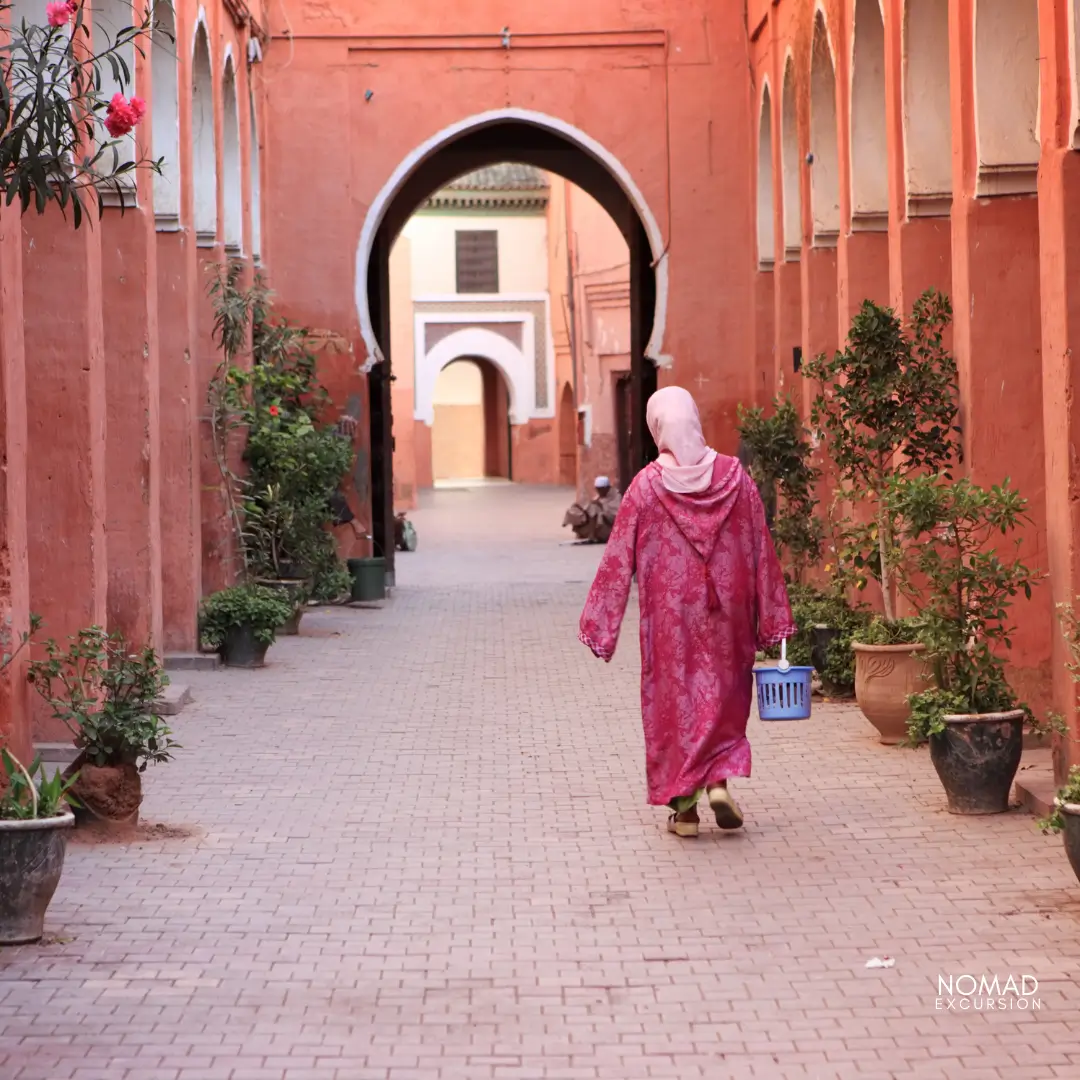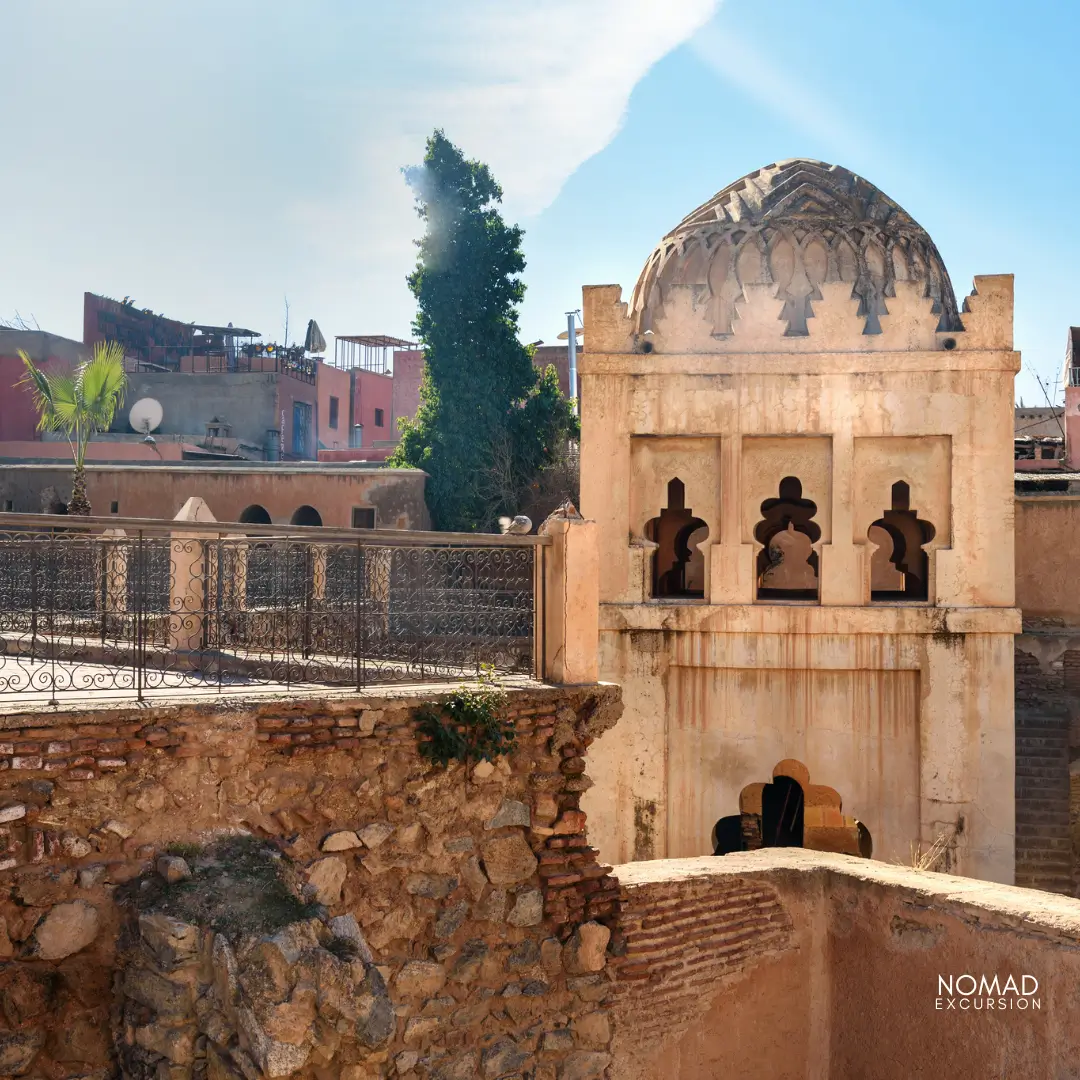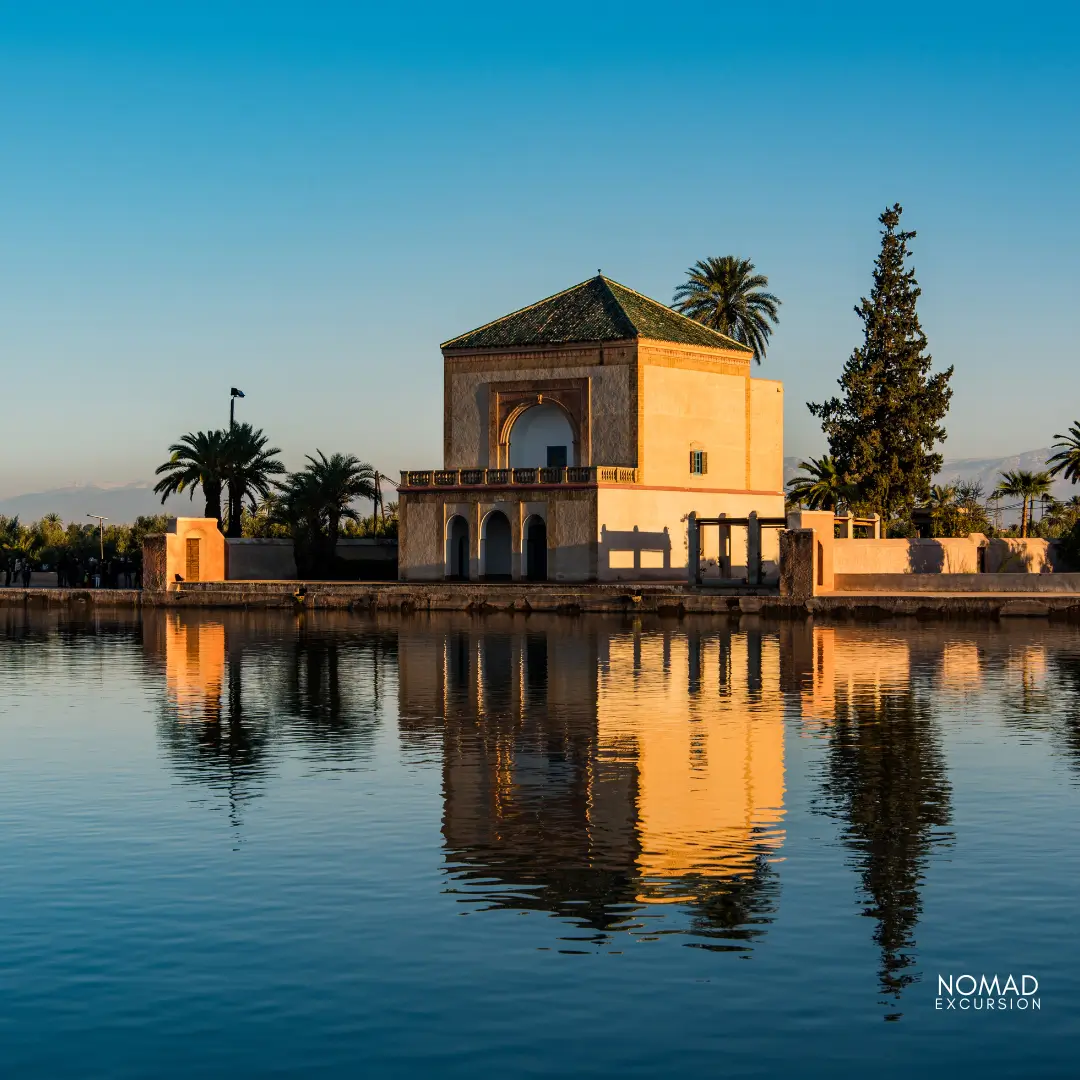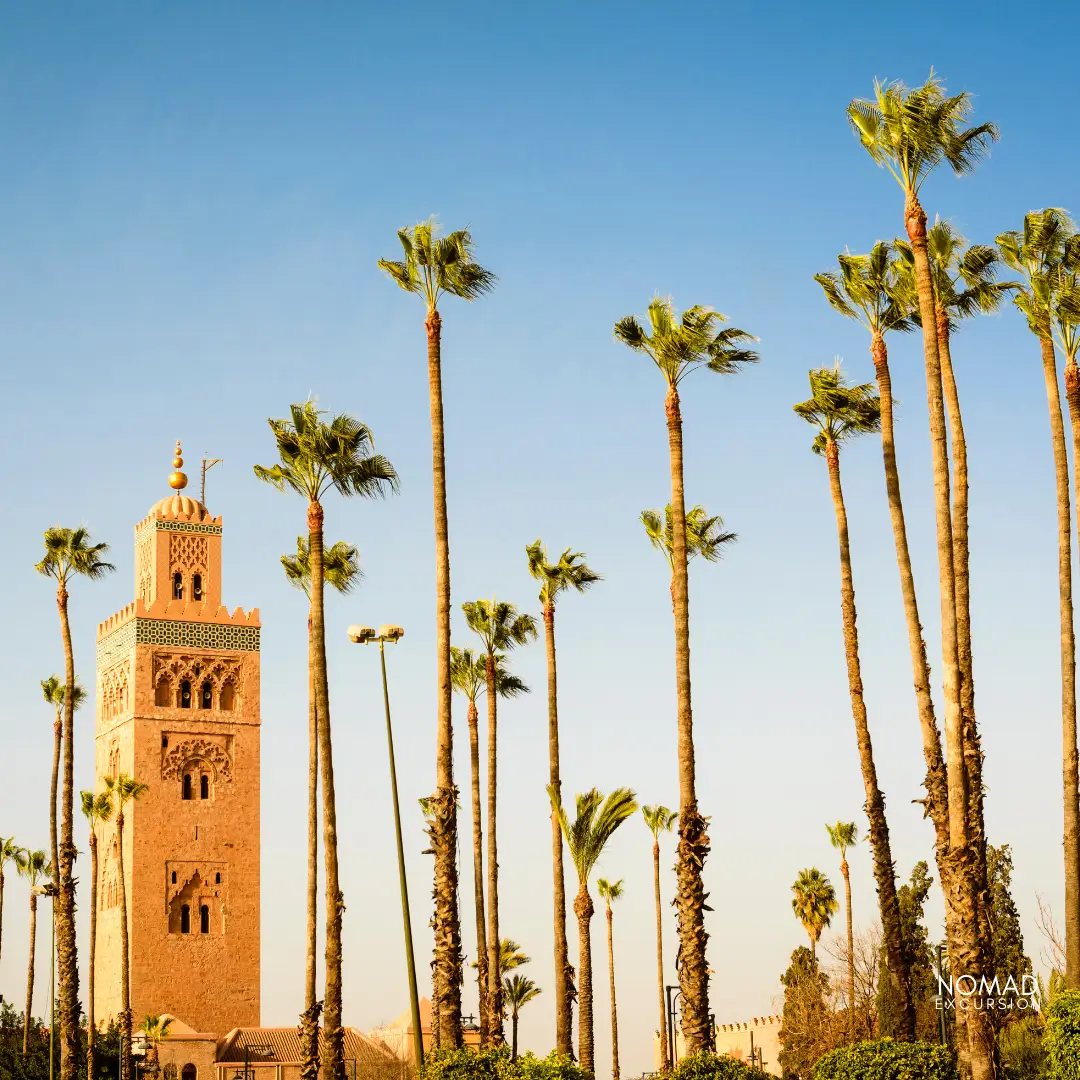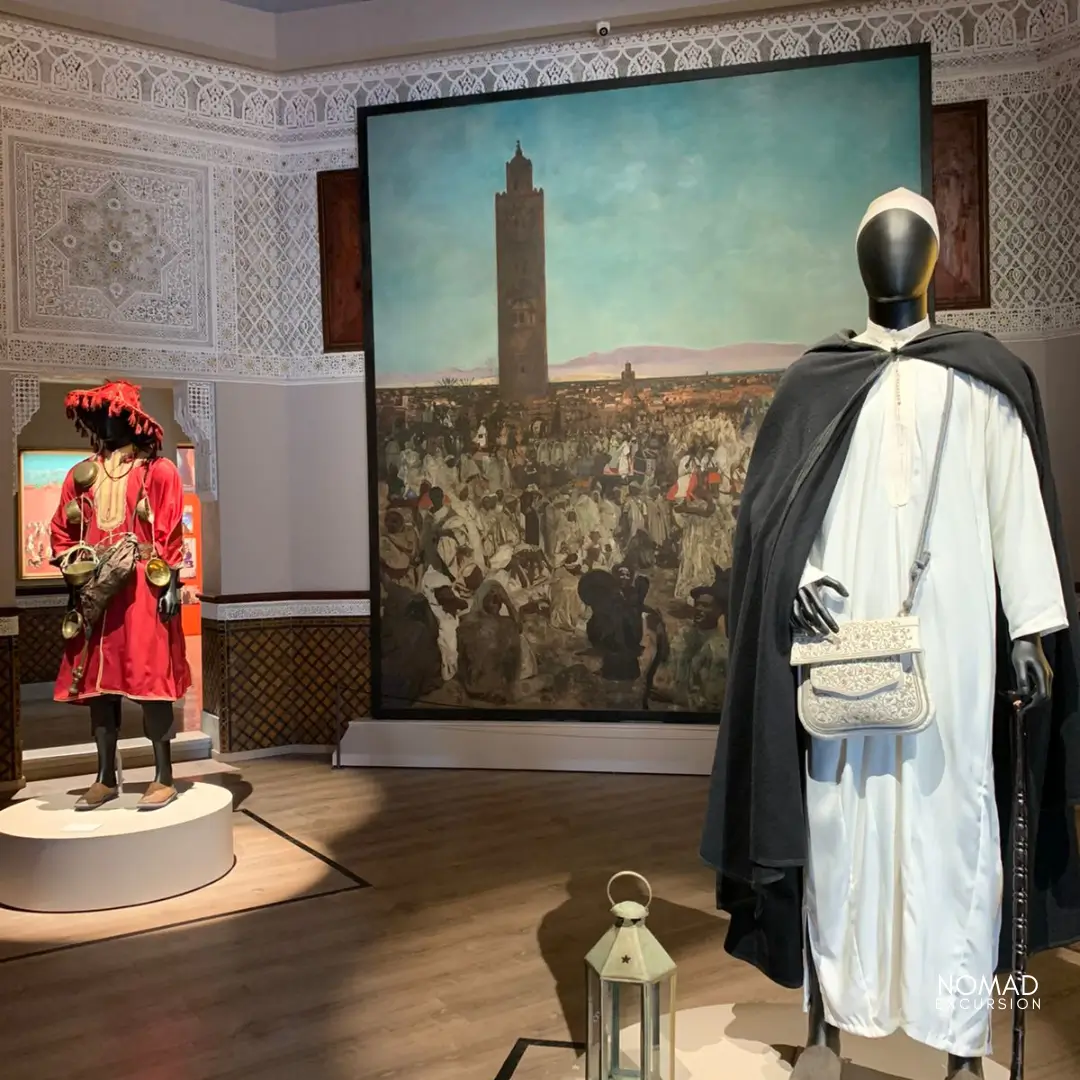Explore the history of Almoravid Koubba, Marrakech’s oldest surviving building. Learn about its 12th-century origins, architectural significance, and cultural importance. Visit this historic site today!
A Glimpse into Marrakech’s Ancient Past
The Almoravid Koubba, also known as Qubbat al-Murabitin, is one of the oldest and most significant historical monuments in Marrakech. Built in the 12th century during the reign of the Almoravid dynasty, the Koubba is a rare example of Almoravid architecture that has survived the centuries. This ancient structure provides invaluable insights into the early Islamic architecture of Morocco and the cultural heritage of the city.
Foundation and Purpose
The Almoravid Koubba was constructed in 1117 by order of Sultan Ali Ben Youssef, the third ruler of the Almoravid dynasty. The Almoravids, who ruled over Morocco and parts of Spain, were known for their strict adherence to Islamic principles and their contributions to the spread of Islamic architecture in the region. The Koubba was originally built as a place of ablution, where worshippers would perform ritual washing before prayers at the nearby Ben Youssef Mosque, which was also constructed during the same period.
Architectural Significance
The architecture of the Almoravid Koubba is a testament to the skill and artistry of Almoravid builders. The structure features a domed roof, intricately carved with geometric patterns and Arabic inscriptions, which are characteristic of Islamic art. The interior of the Koubba is equally impressive, with a mix of horseshoe arches and ribbed domes that reflect the Almoravid style. The Koubba's design, with its emphasis on symmetry and elaborate decoration, has influenced later Moroccan architecture, particularly during the Almohad and Saadian periods.
One of the most remarkable aspects of the Almoravid Koubba is its underground water system. The Koubba was connected to a sophisticated network of channels that supplied water to the mosque and the surrounding area, demonstrating the advanced engineering skills of the Almoravids.
Transformation and Rediscovery
Over the centuries, the Almoravid Koubba underwent several changes. During the Almohad period, which followed the Almoravid rule, many of the original Almoravid buildings were destroyed or altered. However, the Koubba managed to survive, albeit buried under layers of earth and debris. It wasn't until the early 20th century that the Koubba was rediscovered during excavations carried out by French archaeologists. The discovery was significant, as it provided a rare glimpse into the architectural and cultural practices of the Almoravid period.
Cultural and Historical Importance
Today, the Almoravid Koubba is a protected historical site and an important cultural landmark in Marrakech. It is one of the few remaining examples of Almoravid architecture, offering a unique window into the early Islamic history of Morocco. The Koubba’s preservation allows visitors to appreciate the rich heritage of Marrakech and the enduring legacy of the Almoravid dynasty.
Visiting the Almoravid Koubba
Visitors to Marrakech can explore the Almoravid Koubba and experience firsthand the architectural beauty and historical significance of this ancient monument. The Koubba is located near the Ben Youssef Mosque, making it an essential stop for anyone interested in the history and culture of Marrakech.
